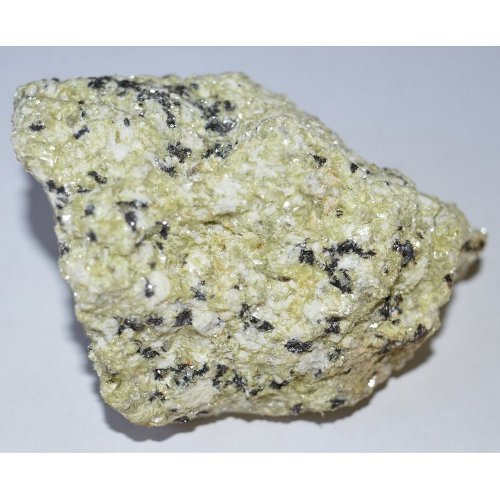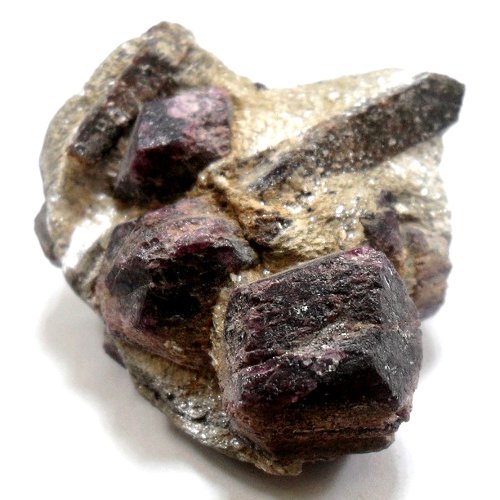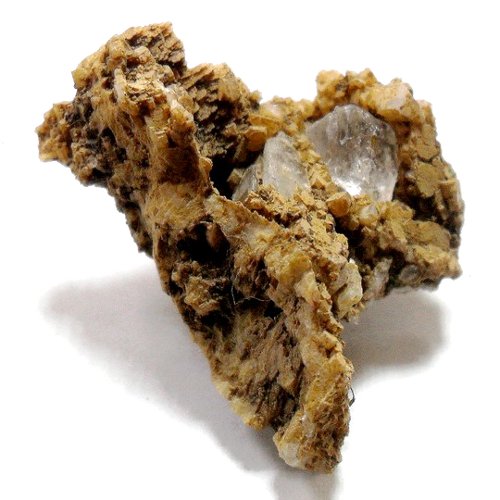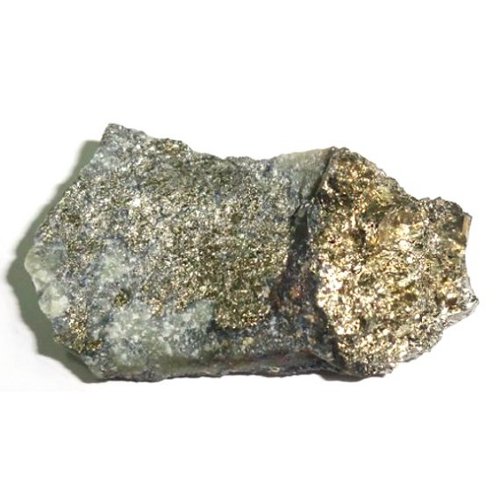Description
MUSCOVITE SPECIMEN
This is the raw muscovite specimen (gilbertite) with wolframite. Dimensions: 3.9 x 3.1 x 2.0″ (10 x 8 x 5cm). Weight – 12.5oz (354 grams). Origin: Russia, Transbaikalia.
Some information about muscovite:
Muscovite (also known as common mica, isinglass, or potash mica) is a hydrated phyllosilicate mineral of aluminium and potassium. It has a highly perfect basal cleavage yielding remarkably thin laminae (sheets) which are often highly elastic. Sheets of muscovite 5 meters × 3 meters (16.5 feet × 10 feet) have been found in Nellore, India.
Muscovite has a Mohs hardness of 2–2.25 parallel to the face, 4 perpendicular to the face and a specific gravity of 2.76–3. It can be colorless or tinted through grays, browns, greens, yellows, or (rarely) violet or red, and can be transparent or translucent. It is anisotropic and has high birefringence. Its crystal system is monoclinic. The green, chromium-rich variety is called fuchsite; mariposite is also a chromium-rich type of muscovite.
The name muscovite comes from Muscovy-glass, a name given to the mineral in Elizabethan England due to its use in medieval Russia (Muscovy) as a cheaper alternative to glass in windows. This usage became widely known in England during the sixteenth century with its first mention appearing in letters by George Turberville, the secretary of England’s ambassador to the Muscovite tsar Ivan the Terrible, in 1568.




